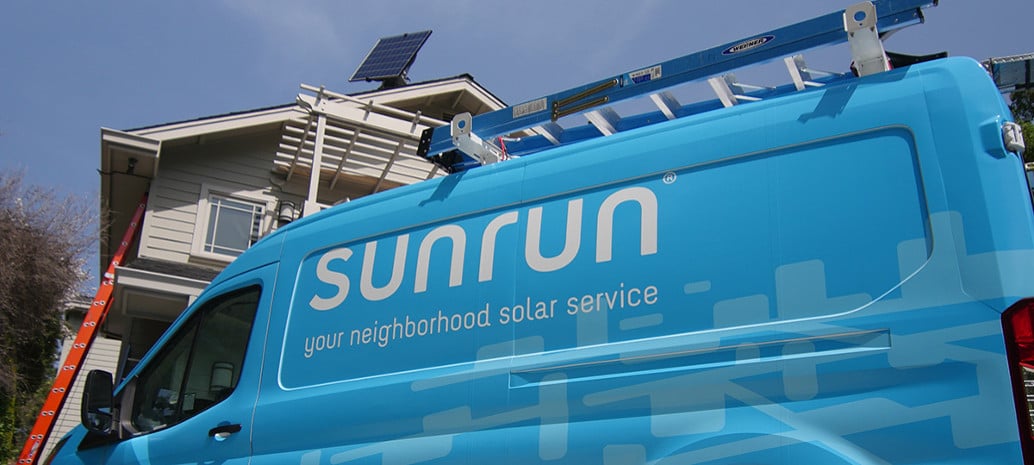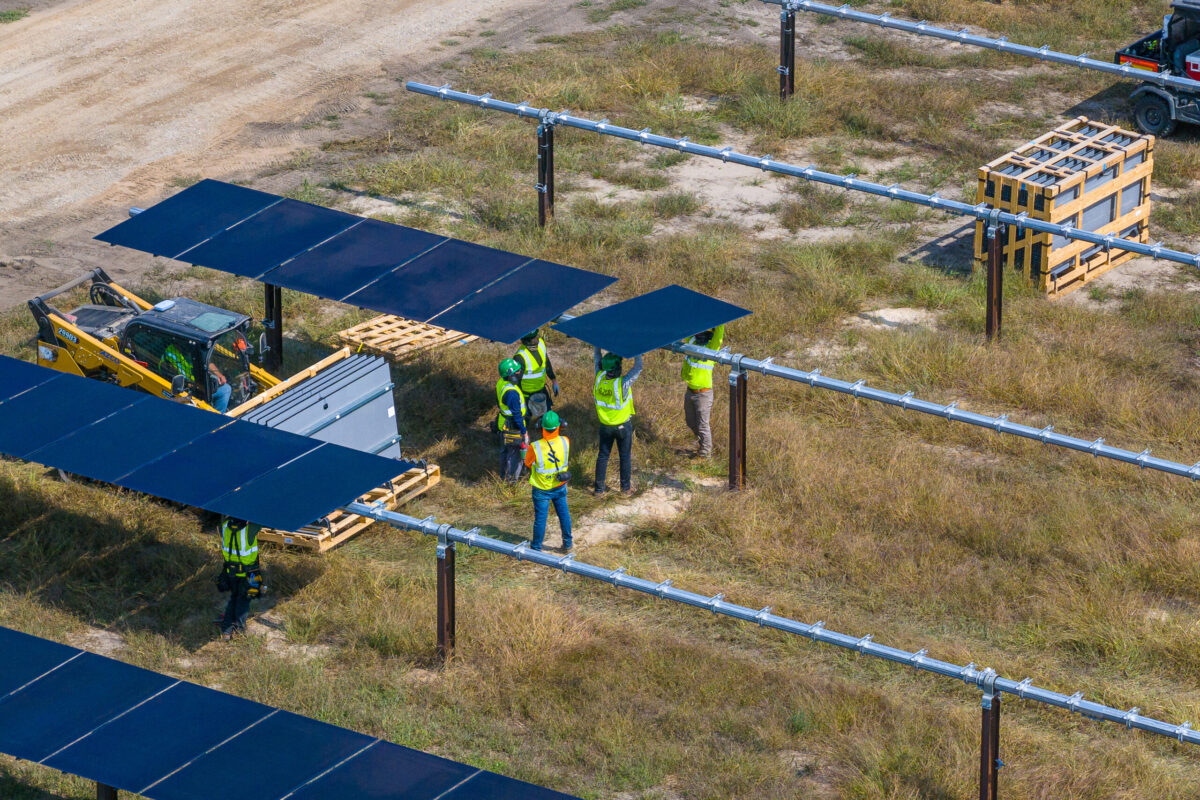There been a lot of talk in the last few years about decentralization and the grid of the future, with vague descriptions of how rooftop solar, batteries and other distributed generation are replacing large, distant smoke and steam-belching power plants. But what does that actually mean in a concrete sense?
Well, for one it means less spending on transmission lines and associated infrastructure, which we are beginning to see in California. However there will still be a need to send power over long distances to efficiently match supply and demand, and for that there needs to not only be power lines, but the market and regulatory structures for these small, decentralized energy sources to sell power to distant customers. In much of the nation that means participation in wholesale power markets.
Last week Sunrun, the nation’s largest residential solar company, won a strategic victory with the Federal Energy Regulatory Commission (FERC) granting the company two waivers from paperwork requirements under the Federal Power Act (FPA) and Public Utility Holding Company Act (PUHCA) for “qualifying facilities” (QF) – in other words, power plants that can participate in wholesale markets.
There is already an exemption for small generators that are within one mile radius, owned by one party, and with a capacity of 1 MW or less. However, since the rooftop PV systems Sunrun installs sometimes total more than 1 MW in a square mile radius (and because Sunrun would have to do a lot of mapping to figure out what capacities total in any given area), it has requested and been granted a waiver to this requirement.
This waiver would only cover PV systems that are each 20 kW or less in capacity (which is 99.5% of what Sunrun has installed to date), so the company filed a separate waiver to excuse it from another requirement to provide information on the sub-20 kW systems in cases where a cluster includes plants larger than 20 kW.
Moving towards aggregation
This is not the first success that Sunrun has had breaking into wholesale power markets with aggregated portfolios of rooftop solar, and in February the company won a bid to participate in the capacity market of New England’s grid operator.
The FERC ruling not only removes any doubt that this the New England bid was a one-off, and also suggests that investors are interested in funding portfolios that can participate in wholesale markets. According to the filing:
(Surun) intends to pursue emerging opportunities for aggregated distributed energy resources to participate in organized wholesale electric markets, which will trigger the need for the FPA and PUHCA exemptions… Sunrun has received an increase in inquiries from lenders and investors regarding the PV systems’ QF status and the FPA and PUHCA exemptions.
All in all, the filing suggests that Sunrun is seeking a “simple, streamlined filing system” for such aggregated portfolios to participate in wholesale markets.
This move by Sunrun is particularly strategic given falling costs of solar and energy storage. Less than one month ago contracts with utility-scale solar “peakers” were approved in Hawaii at 8-10 cents per kilowatt-hour, and additionally we expect significant reductions in soft costs for systems on new construction due to California’s mandate that solar be installed on all new homes. According to an analysis by pv magazine, this could drive down costs of rooftop solar on new construction to a level competitive with utility-scale solar.
As such, this transformation of the grid is more than hype.
This content is protected by copyright and may not be reused. If you want to cooperate with us and would like to reuse some of our content, please contact: editors@pv-magazine.com.









The cost of Solar has stabilized over the past year, but most recently the cost of racking and panels has started to increase. Steel has seen a significant increase and most recently panel pricing has jumped 5-6 cents per watt based on USA demand, and in some cases shortages of panels.
Frankly, the cost of panels isn’t what put me off. What the marketing guy failed to show at our meeting but I saw in an email online once I committed, is that over 50% of the 26k for my 23 panels was labor. Wow. I am sure that also must have covered all Sunrun employees that dealt with my installation, but still, that’s some hefty markup. That doesn’t include the backup battery another $8k.